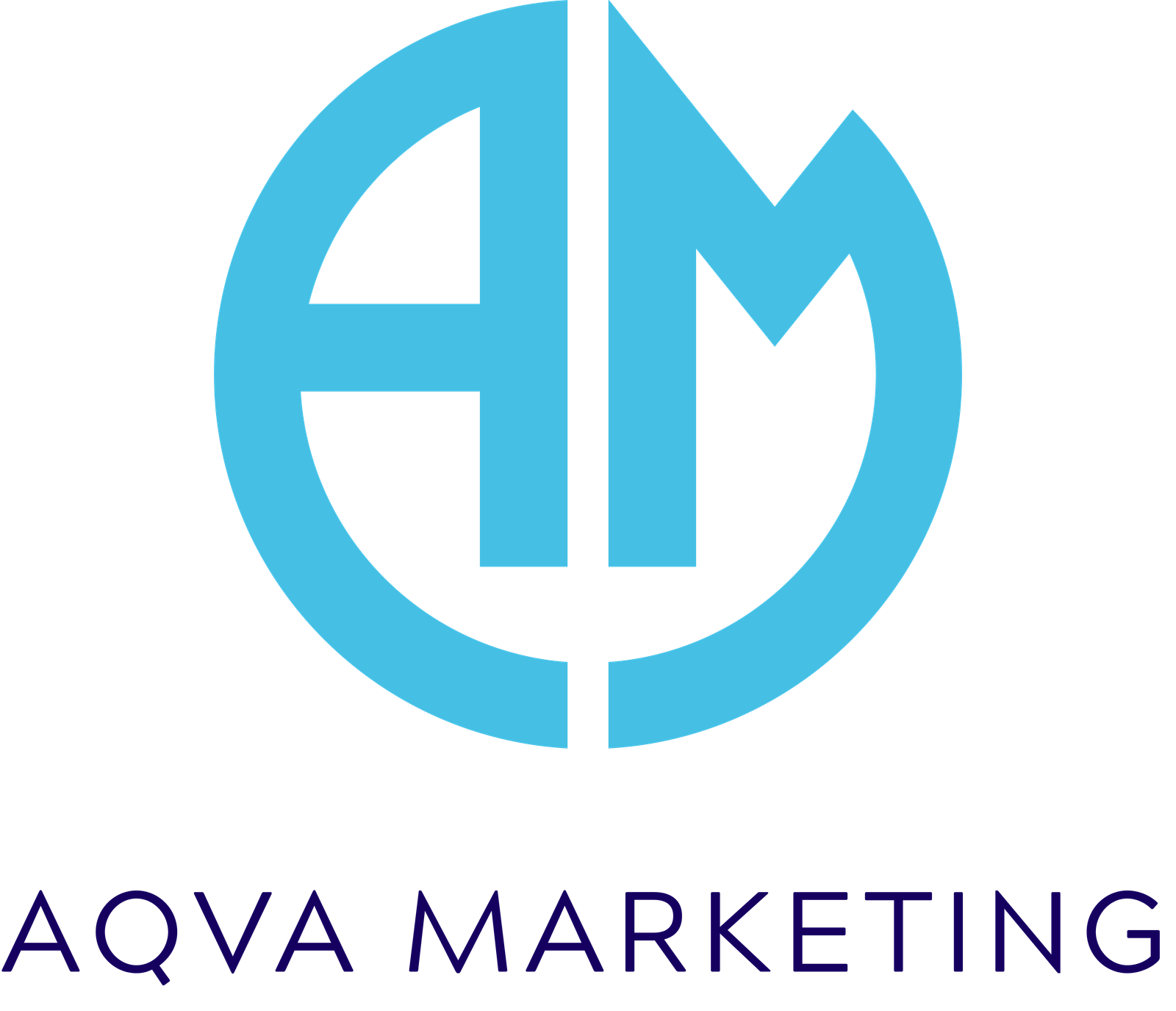
Internal linking in SEO is like the veins in your website, invisible at first glance, but carrying life to every part of it. Without them, your site’s pages remain isolated, unknown to search engines, and invisible to your visitors.
At Aqva Marketing, we often meet business owners who spend heavily on new content or external backlinks, yet overlook this simple, powerful tool. Internal links keep your visitors engaged for a longer period, a clear indication to Google that your content is valuable. And it helps your website climb up the rankings. And internal linking does this, with you being in full control over them.
What is Internal Linking in SEO?
Internal linking means connecting one page on your website to another. It could be your homepage linking to a product page, a blog linking to a related article.
Search engines like Google use these links to navigate your site and understand how each page relates to the others. As Google’s John Mueller once said, “Internal linking is super critical for SEO. It’s one of the biggest things you can do to guide Google and visitors to the most important pages of your site.”
So if your website is a map, internal links are the clear signposts that tell both people and search engines where to go next.
Why Internal Linking is a Silent SEO Superpower
Unlike backlinks from other sites, internal links are entirely in your hands. You can decide:
- Which pages deserve more attention
- How link equity flows through your site
- What your visitors should read or see next
And when used strategically, the results can be dramatic. Ninja Outreach reported a 40% jump in organic traffic within two months, simply by improving their internal linking. Without extra content or massive ad spend. Just with the help of smart and deliberate linking.

The Different Types of Internal Links
You see them every day, but here’s how they break down:
1. Navigational Links
Menus, sidebars, and footers are your main highways. They guide visitors to your key sections.
2. Contextual Links
These are links placed within your main content. These work wonders for SEO because they connect related topics and keep users engaged longer.
3. Image Links
Clickable images that lead somewhere relevant. Ensure that they have appropriate alt text to enable Google to understand them.
How Does Internal Linking Boost Your SEO
When a high-authority page of a website links to another page of the same website, it transfers some of its SEO value, known as “link equity.” Google perceives the linked page as valuable.
When these links are arranged logically, Google crawls your site faster, understands it better, and rewards it with higher rankings. It’s not magic. It’s smart architecture.
How to Build a Winning Internal Linking Strategy
1. Start with a Clear Structure
Your homepage should connect to the main categories. Those categories should connect to subpages.
2. Use Descriptive Anchor Text
Instead of vague “click here,” use precise keywords:
✅ Learn more about internal linking in SEO
❌ Click here
3. Link to Deeper Pages
Don’t just link to your homepage or contact page. Show love to product pages, old blog posts, and resources that deserve more attention.
4. Avoid Overlinking
If a page is stuffed with links, both visitors and Google get confused. Keep it intentional.
5. Keep Updating Older Pages
Every time you publish something new, link it back to older relevant pages. This keeps your site fresh and interconnected.
The Mistakes To Avoid in Internal Linking in SEO
- Using the same anchor text for every link
- Linking to irrelevant pages just for the sake of it
- Ignoring “orphan pages” (pages with no links pointing to them)
- Overloading pages with too many links
A Real Example: How Internal Linking Turned Things Around
A retail client we worked with had hundreds of products but no cross-links between them. Many pages were practically invisible to search engines. We added contextual links from category pages to individual products and cross-linked related items.
Within three months, those forgotten pages started ranking for competitive keywords, organic impressions went up by 65%, and customers began discovering products they didn’t even know the brand offered.
Tools That Help Make Internal Linking in SEO Easier
While it is possible to do it manually, tools like Google Search Console can help you know which pages have the most internal links, and Ahrefs or SEMrush can identify pages that need attention.
The Final Word
Internal linking in SEO isn’t glamorous, but it’s one of the quiet forces that hold your SEO strategy together. Every link is an opportunity to pass authority, to keep visitors engaged, and to guide them toward the pages that matter most.
At Aqva Marketing, we’ve seen firsthand how a thoughtful internal linking plan can lift rankings and conversions without spending a rupee extra on ads. It’s about making the most of what you already have and making sure every page on your site gets the attention it deserves.
